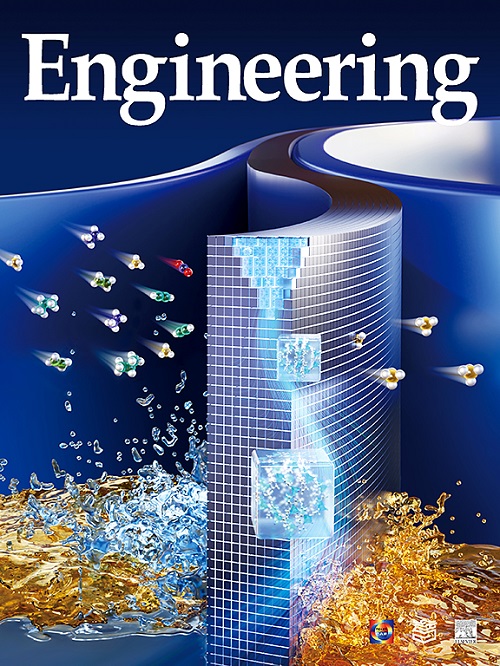机器学习在分子晶体设计和结晶开发中的进展
IF 11.6
1区 工程技术
Q1 ENGINEERING, MULTIDISCIPLINARY
引用次数: 0
摘要
机器学习(ML)可以优化研究范式,缩短从发现到应用新型功能材料、药物和精细化学品的时间。除了支持材料和药物设计,机器学习是预测建模和工艺优化的潜在有价值的工具。在此,我们首先回顾了数据驱动ML用于分子晶体设计的最新进展,包括性质和结构预测。ML可以加速溶剂化物、共晶和胶体纳米晶的发展,提高晶体设计效率。接下来,本文综述了结晶行为预测和过程调节的ML算法。ML模型支持药物溶解度预测,颗粒团聚预测和球形晶体设计。基于ml的原位图像处理可以提取颗粒信息,实现晶体产品的识别。介绍了机器学习算法在结晶过程中的应用场景,以及基于过饱和度调节和图像处理的两种控制策略。最后,概述了ML在药物分子设计和工业结晶过程中的新兴技术和前景。本文章由计算机程序翻译,如有差异,请以英文原文为准。
Progress of Machine Learning in Molecular Crystal Design and Crystallization Development
Machine learning (ML) can optimize the research paradigm and shorten the time from discovery to application of novel functional materials, pharmaceuticals, and fine chemicals. Besides supporting material and drug design, ML is a potentially valuable tool for predictive modeling and process optimization. Herein, we first review the recent progress in data-driven ML for molecular crystal design, including property and structure predictions. ML can accelerate the development of the solvates, co-crystals, and colloidal nanocrystals, and improve the efficiency of crystal design. Next, this review summarizes ML algorithms for crystallization behavior prediction and process regulation. ML models support drug solubility prediction, particle agglomeration prediction, and spherical crystal design. ML-based in situ image processing can extract particle information and recognize crystal products. The application scenarios of ML algorithms utilized in crystallization processes and two control strategies based on supersaturation regulation and image processing are also presented. Finally, emerging techniques and the outlook of ML in drug molecular design and industrial crystallization processes are outlined.
求助全文
通过发布文献求助,成功后即可免费获取论文全文。
去求助
来源期刊

Engineering
Environmental Science-Environmental Engineering
自引率
1.60%
发文量
335
审稿时长
35 days
期刊介绍:
Engineering, an international open-access journal initiated by the Chinese Academy of Engineering (CAE) in 2015, serves as a distinguished platform for disseminating cutting-edge advancements in engineering R&D, sharing major research outputs, and highlighting key achievements worldwide. The journal's objectives encompass reporting progress in engineering science, fostering discussions on hot topics, addressing areas of interest, challenges, and prospects in engineering development, while considering human and environmental well-being and ethics in engineering. It aims to inspire breakthroughs and innovations with profound economic and social significance, propelling them to advanced international standards and transforming them into a new productive force. Ultimately, this endeavor seeks to bring about positive changes globally, benefit humanity, and shape a new future.
 求助内容:
求助内容: 应助结果提醒方式:
应助结果提醒方式:


